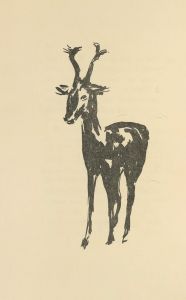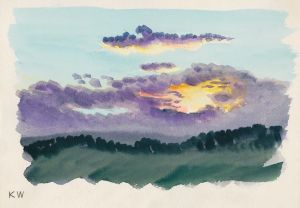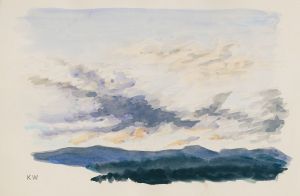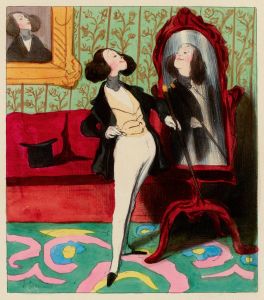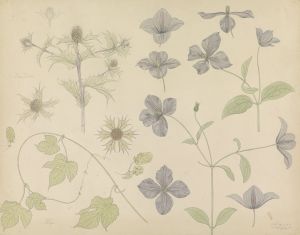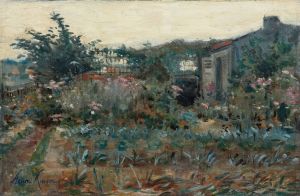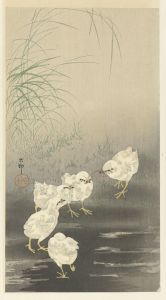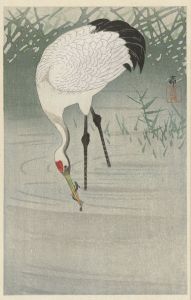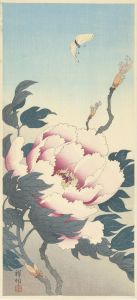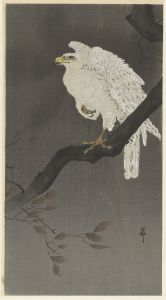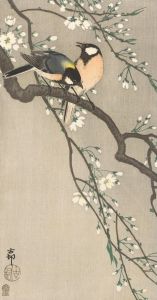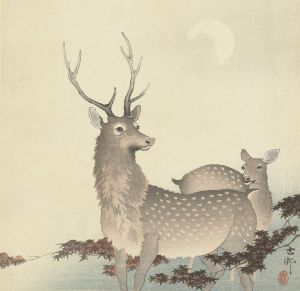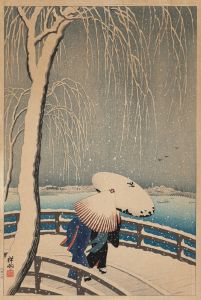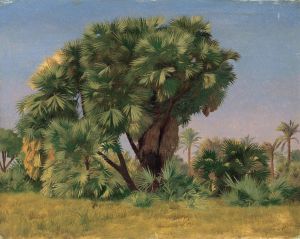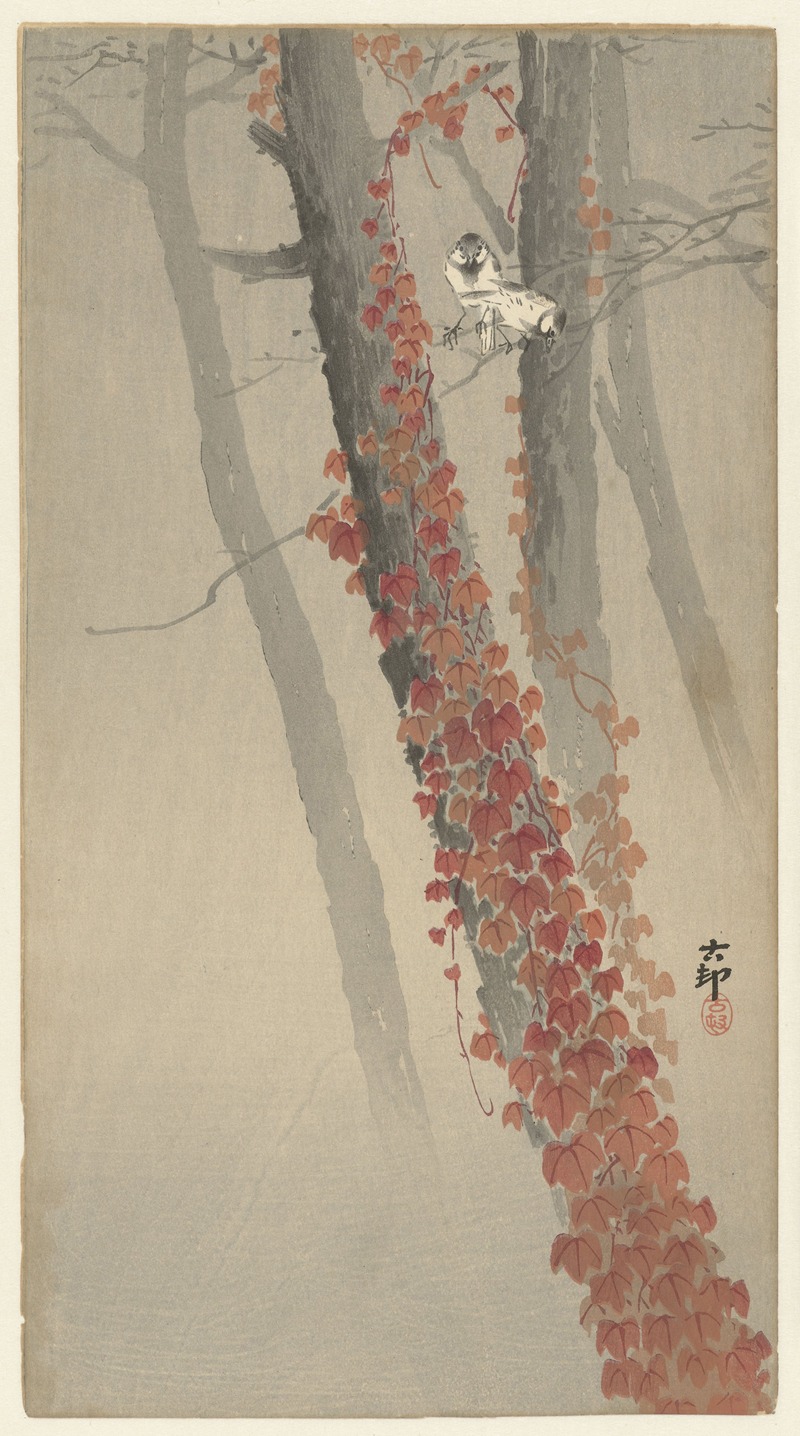
Red ivy
A hand-painted replica of Ohara Koson’s masterpiece Red ivy, meticulously crafted by professional artists to capture the true essence of the original. Each piece is created with museum-quality canvas and rare mineral pigments, carefully painted by experienced artists with delicate brushstrokes and rich, layered colors to perfectly recreate the texture of the original artwork. Unlike machine-printed reproductions, this hand-painted version brings the painting to life, infused with the artist’s emotions and skill in every stroke. Whether for personal collection or home decoration, it instantly elevates the artistic atmosphere of any space.
Ohara Koson (1877–1945) was a prominent Japanese artist known for his exquisite woodblock prints, particularly those depicting birds and flowers, a genre known as kachō-ga. His work is often associated with the shin-hanga movement, which revitalized traditional ukiyo-e art in the early 20th century by incorporating Western elements such as perspective and shading while maintaining traditional Japanese themes and techniques.
"Red Ivy" is one of Koson's notable works, showcasing his mastery in capturing the delicate beauty of nature. Although specific details about the creation date or the exact inspiration behind "Red Ivy" are not widely documented, the piece is characteristic of Koson's style, which often features serene and harmonious compositions.
In "Red Ivy," Koson employs a refined color palette to depict the vibrant hues of ivy leaves, transitioning through various shades of red, orange, and brown. This use of color not only highlights the seasonal change associated with autumn but also demonstrates Koson's keen observation of nature and his ability to convey its transient beauty. The composition likely includes a bird, as many of Koson's works do, symbolizing the interconnectedness of life and nature.
Koson's technique in "Red Ivy" reflects the traditional Japanese woodblock printing process, which involves multiple stages of carving and printing. Each color in the print would have been applied using a separate carved block, requiring precision and skill to align the layers perfectly. This meticulous process results in the crisp lines and vibrant colors that are characteristic of Koson's prints.
The shin-hanga movement, to which Koson contributed significantly, sought to appeal to both Japanese and Western audiences. This movement was partly a response to the decline of ukiyo-e in the late 19th century due to the rise of photography and changes in Japanese society. By blending traditional Japanese aesthetics with elements that appealed to Western tastes, shin-hanga artists like Koson helped to revive interest in woodblock prints both domestically and internationally.
Koson's works, including "Red Ivy," gained popularity in the West, particularly in the United States and Europe, where collectors and art enthusiasts appreciated the blend of traditional Japanese art with modern sensibilities. His prints were often sold through art dealers such as Watanabe Shozaburo, who played a crucial role in promoting shin-hanga artists abroad.
Today, Ohara Koson's prints are highly regarded for their artistic beauty and technical excellence. They are featured in numerous art collections and museums worldwide, where they continue to be celebrated for their contribution to the shin-hanga movement and their enduring appeal. "Red Ivy," like many of Koson's works, exemplifies the artist's ability to capture the ephemeral beauty of nature, making it a cherished piece among collectors and art historians alike.





